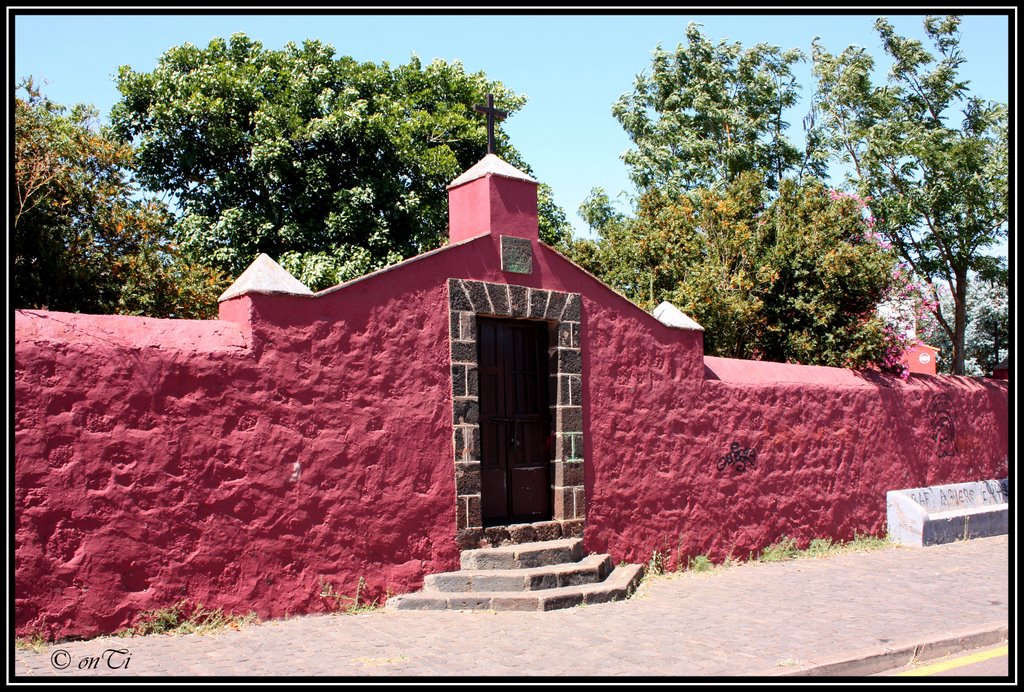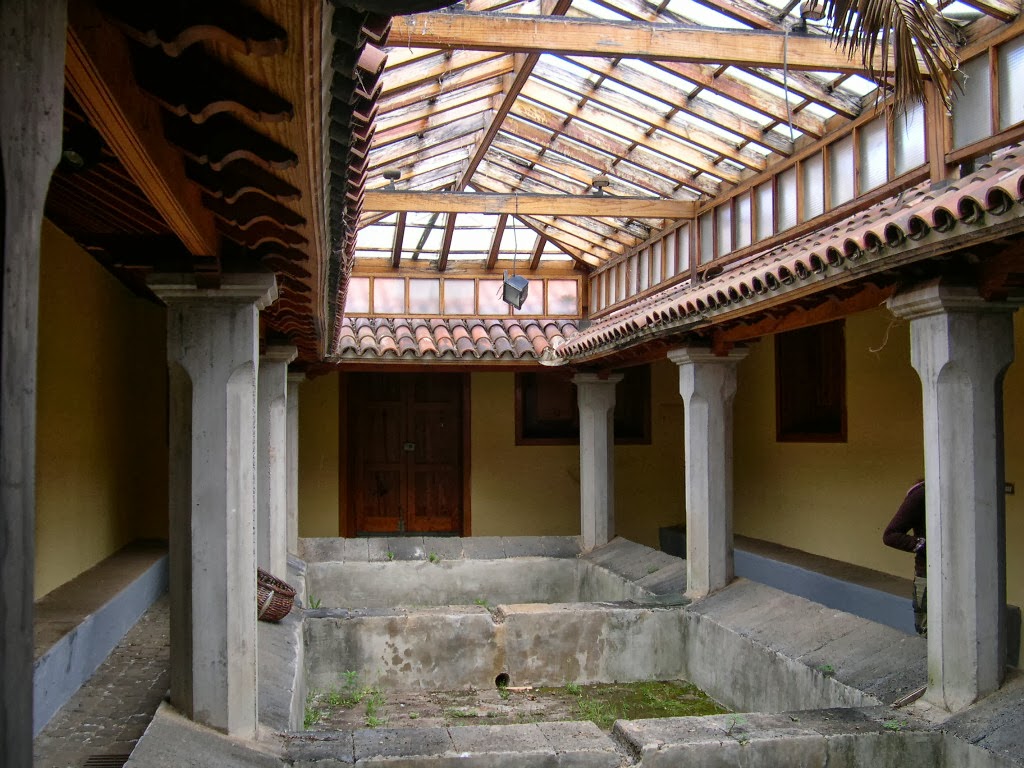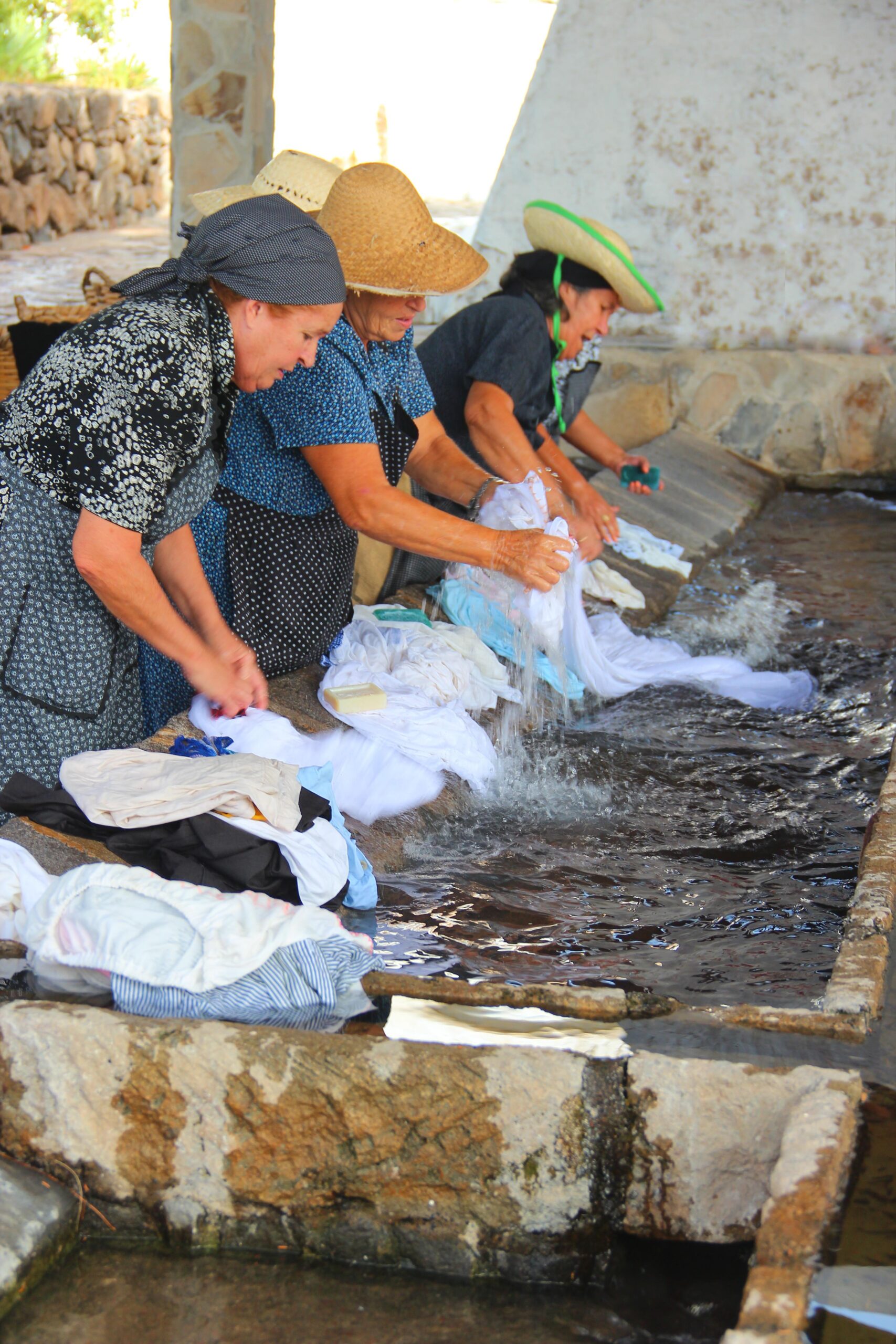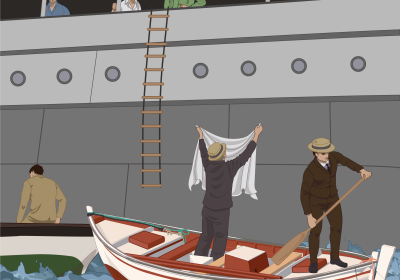If Joseph Conrad hatched the plot of his famous novel “The Heart of Darkness” in the meandering waters of the Congo River, closer to us, although distant in time, the Conqueror Fernández de Lugo hatched his own plot to supply his new town of La Laguna, located on the high plateau of the recently conquered island of Tenerife, with drinking water by means of pipes, wells, fountains, ponds, troughs, basins and washing places.
We go back to the dawn of the 16th century, in a town that was beginning to beat, pumping water from the nearby mountains, from the fertile subsoil of the Aguere plain, to cover the needs of men and animals.
Although that titanic struggle, that stubborn determination, that firm will to make the town prosperous has been forgotten, through documentary sources, maps, stories and legends, evocative names such as: “Madre del Agua”(Mother of Water), “Montes del Obispo”(Bishop’s Mountains), “Calle del Agua”(Water Street), “Fuente de Cañizares”(Fountain of the Cañizares family), “Pila Seca”(Dry Basin), “Tanque Grande”(Big Tank), “Tanque de Abajo”(Bottom Tank), or “Pozo del Cabildo”(Council’s Well) have survived to the present day.
Let’s take it one step at a time: The works to obtain and distribute water for the supply will be a real headache for the Council of La Laguna for at least three centuries.
At the dawn of the city, the Council considered digging wells, but due to the geology of the soil, this was not feasible in all places. The historian Abreu Galindo notes the existence of two wells around 1507: “… Otrosy ordenaron e mandaron que porque ay necesidad de agua en esta villa de La laguna, que mandaban e mandaron que se fagan dos pozos el uno en la Villa de Arriba e otro pozo junto al pilar de Sant Francisco, e junto con cada pozo, un dornajo de quinze pies en luengo e que se faga de las penas que se echan para los propios…” (Acuerdos del Cabildo de La Laguna, 27.8.1507). (Agreements of the Council 27.8.1507)
As since the Greek calends, the elites have held power and most of the wells remained in the lands and hands of the ruling classes, which caused great social problems for many years; the abuses in the use of water resources were so bountiful , that the Council issued countless ordinances to regulate the use of water, also building fountains, troughs and basins for public use.
Undoubtedly, the well of the Lercaro Palace, which does not exist today, became the most enigmatic from the 1950s onwards; popular superstition at the time gave rise to the absurd “Legend of Catalina”, according to which the young, virginal and beautiful Catalina, belonging to the Lercaro-Justiniani lineage, was forced by her despotic father to marry a rich slave trader much older than herself. Her refusals were not heeded by the family, and in desperation, on her wedding day she threw herself into a well and drowned. As she was suicidal, the Church did not allow her to be buried in a sacred burial, so her ghost continues to haunt the house in search of a Christian burial.
But let’s stop talking and get back to the matter at hand: at the source known as Madre del Agua (Mother of Water), in La Vega, the first public fountain was located at the beginning of the 16th century, deriving its euphonious name from its original nature. As a result of this, in the early days of 1511, the Town Council decided to bring water for public supply to the recently built Plaza de San Miguel de Las Victorias (today Plaza del Adelantado), and ordered the construction of a wooden canal to channel the water coming from the Montes de Tegueste, the Montes del Obispo (today Monte de las Mercedes) and the “Madre del Agua” (Mother of Water). The wooden conduct reached the corner of the current Plaza del Cristo and from here, with some ceramic pipes brought from Seville, it was buried through the so-called “Calle del Agua” (Water Street) to the square. Note that in this initiatory water route, 3 convents would be built, the Franciscan Convent, Saint Claire Convent and Saint Catherine Convent, as well as the houses of the main conquering families, the Grimón, and that of the Conqueror himself.

Subsequently, in 1522, it was decided that the water for public supply, in addition to the Plaza del Adelantado, should be taken to two other fountains: One located in the Plaza de Los Remedios, now Plaza de La Catedral, a project that never materialised. The other was to be installed in the Plaza de La Concepción, to solve the continuous complaints from the inhabitants of the Villa de Arriba (the Upper Town). The agreement to build it dates from 1525 and in 1530 it was already in operation. The lack of water pressure, due to the elevated position of the place in relation to the source, meant that the water soon stopped flowing and so it became known as the “Pila Seca” (Dry Basin) square. The Council tried to alleviate the problem by building a fountain, which also served as a washing place and watering place in the area around what is now Plaza de La Junta Suprema, which remained in operation until the beginning of the 20th century.

Another “mythical” fountain for La Laguna and the people of La Laguna is the so-called Fuente (de) Cañizares which was originally a spring. “In 1588, Captain Fernando de Cañizares, Governor of Tenerife, ordered it to be enclosed and cleaned for public use” (according to the book Estrategias y usos históricos del agua en Tenerife, by historian Miguel Ángel Gómez Gómez).

The fountain was rebuilt in 1776. The structure that remains today dates from that year. According to popular tales, the water from the fountain gushed weakly, but mysteriously it gushed forcefully on nights when the moon was full. The local witches gathered here on the night of the full moon of the summer solstice, collecting male fern seeds, to prepare their potions, make their invocations, undress and dance until dawn, drinking glasses of grapevine to finish by invoking the “Perro Maldito” (Damned Dog), signing themselves with their left hand, with the following incantation: “Por la gereñal de la jacanal, de la branca luz de la mejorana, sin amén, Jesús”
I could go on telling stories, but the space for the article is limited, so there is no choice but to conclude, but not before highlighting the importance of the laundry places, for the public service they provided for so many centuries, they even fulfilled a socialising task, eminently feminine places, where the washerwomen could “escape” from the marital surveillance (an old proverb said: “The men to the wine, the women to the water”); they were centres of gossip and news, places where even popular revolts were gestated, where folk songs were sung, or where “plots” were designed. They were places where the inquisitor priests saw evil, “dens of perdition”, as the young men secretly spied on the washerwomen who showed their arms, ankles and calves with their sleeves rolled up, so much so that the Council came to enclose them and prohibit the presence of men in order to safeguard good decorum.

Although the real protagonists, without a doubt, were the washerwomen, to whom we pay a well-deserved tribute in these brief lines. Hard-working and self-sacrificing women who for centuries washed for themselves or in exchange for a few coins, for the wealthy classes, passing the work and teachings from mother to daughters. That is all there is to it.

NOTE: Although there were several Catalinas in the Lercaro-Justiniani line, none of them committed suicide on their wedding day, although there are two women in the family who died premature and accidental deaths: The first was Úrsula de los Remedios Justiniani (1695/1727), married to Pedro de Nava y Grimón. Úrsula died in strange circumstances two years after her marriage.
The second was Francisca María Lercaro Justiniani (1753/1781). She died “accidentally” so quickly that she could not even receive the Sacraments.
Through this publication, APIT Tenerife echoes the research of its associates and supports the generation of knowledge by its associated tourist guides. However, the opinions expressed by the authors of the articles do NOT reflect in any way the position of the Association. APIT Tenerife is an apolitical, professional and inclusive entity that promotes Canarian heritage of any kind. If you want to contribute elements to the debate on the topics discussed here, we invite you to contact the author whose contact details appear in the signature of the article and in the list of associated guides.



